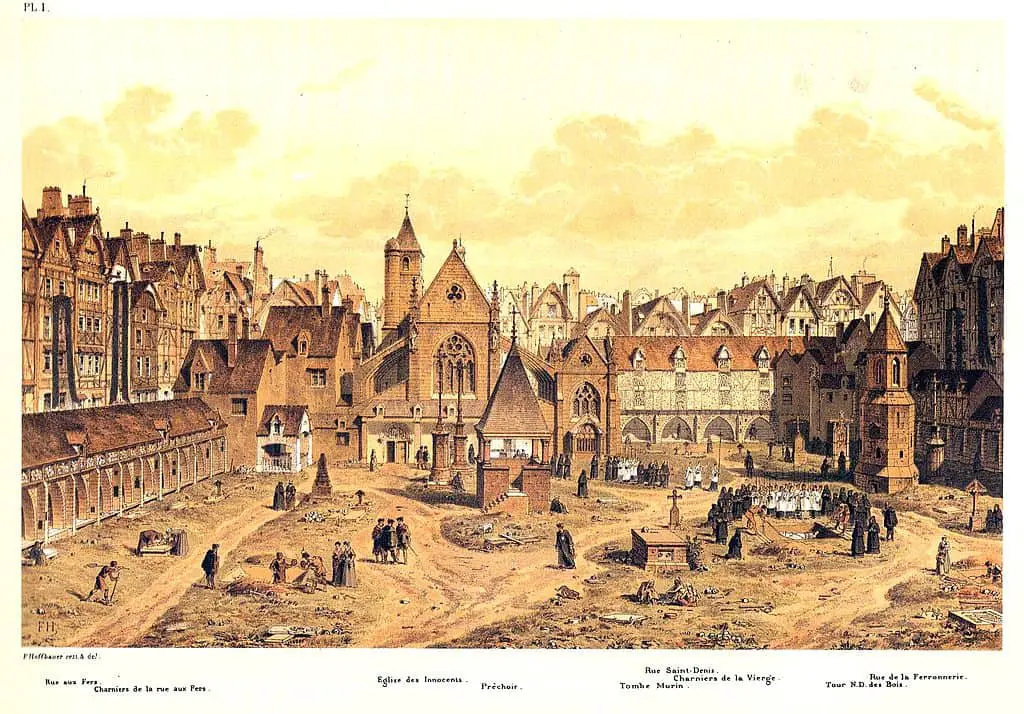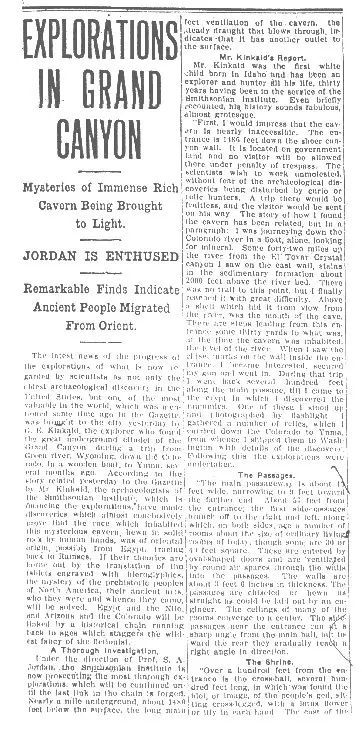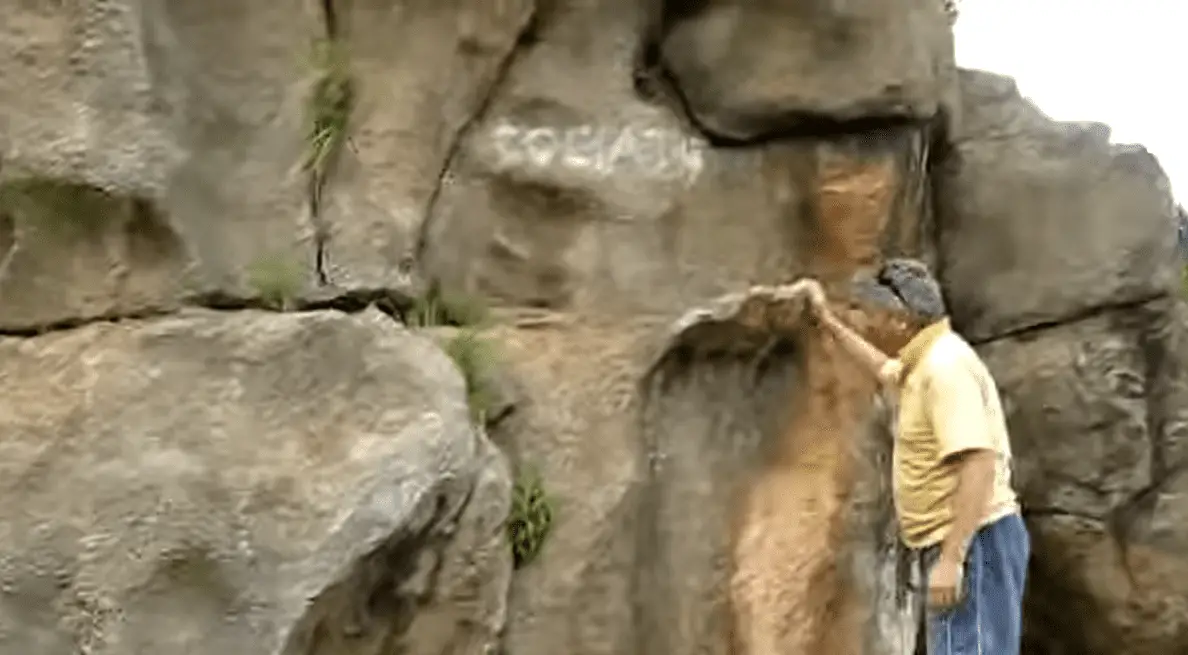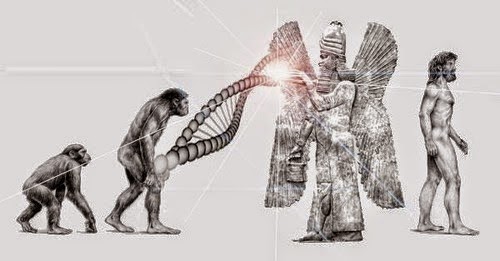
Formed as a result of the natural processes that created quarries and other natural phenomena millions of years ago underground, the city of Paris and its catacombs are famed for many reasons. Probably one of the most macabre is that it contains about 150 miles of quarries under its streets, complete with the bones of over six million people buried in them. Lauded as one of the most infamous tourist sites in the country, the catacombs are a complex maze that has a rich, if not dark, history.
What began as a new promise of wealth and big city life resulted in massive overcrowding in the 1700s. This overcrowding naturally led to disease and death, and Paris’ cemeteries weren’t big enough to contain all of the bodies that resulted. With the city’s cemeteries full to the brink and the smell of rotting bodies killing the local economy, along with morale and trade, the city closed the Les Innocents Cemetery in 1780; said to be the biggest at the time in France.

According to one report:
“By May 1780, the cemetery was literally bursting at the seams. A cellar wall of a property bordering Les Innocents split open under the pressure of excess burials and spring rains, causing a gush of half-decomposed bodies and disease to flood into the basement.”
After closing the quarries due to multiple instances of the Parisian streets collapsing as a result of the massive digging that was mostly unregulated, they were dedicated on April 7, 1786, as a consecrated site for a final resting place for the overcrowded cemeteries, also closed. Between 1787 and 1814, Parisians worked day and night to carry the bones from the closed cemeteries to the quarries, called an ossuary. It was opened to the public even before the transfer was complete in 1809.
Ultimately, the last bones from other cemeteries, in addition to Saint-Eustache and Saint Etienne-de-Grès, were finally placed into the catacombs by 1814, and others the final bones placed about 1860.
Sadly, because the work was dangerous and quite horrible, only poorer Parisians would accept the work. According to a report, they could only move older, decomposed bodies and any skeleton that they unearthed that still contained human flesh had to be burned to the bone. Additionally, some parts of Les Innocents were “left untouched because some mass graves were too recent for their bodies to be exhumed.”
Because the initial deposit of bones was haphazard, simply thrown into piles, Inspector Héricart De Thury ordered that workers rearrange them, an order that ultimately resulted in today’s arrangement.
Tourists can visit the catacombs to this day but are restricted only to specific areas that cover about a mile of the tunnels because visiting the other areas was rendered illegal since 1955. This was largely because many people have gotten lost and, as a result, died in the tunnels, not to mention the very hazardous nature of the underground structures.
One story in particular notes that three teens had to be rescued because they got lost for three days. Another is a bit creepier, as a few cataphiles (what illegal catacomb explorers are called) found a camcorder of an unnamed man who apparently got lost as well. Said to be a seasoned cataphile, he allegedly got disoriented, panicked and dropped the camera, only to run off in the darkness. He was allegedly never seen again. The recovered footage was aired in a documentary in the 2000s (view it below).
Over the years, many people have gotten lost and were never seen again. Also, over the years, many people have gotten lost and made it out alive. You can find many such videos of their adventures on YouTube.
Recently, improvements were made to the catacombs, and it was eventually turned over to the Carnavalet Museum – History of Paris in 2002. The museum still controls and takes care of the catacombs today. If you wish to visit the catacombs, you can get more information on the site and on what you’ll need to do to prepare to enter the ossuary. This includes purchasing a ticket. But if you do visit, remember that while being one of the most beautiful sites, it is also a sacred site, and you should venture underground accordingly.
View the documentary of the lost footage here:
Featured Image: Screenshot via YouTube Video





